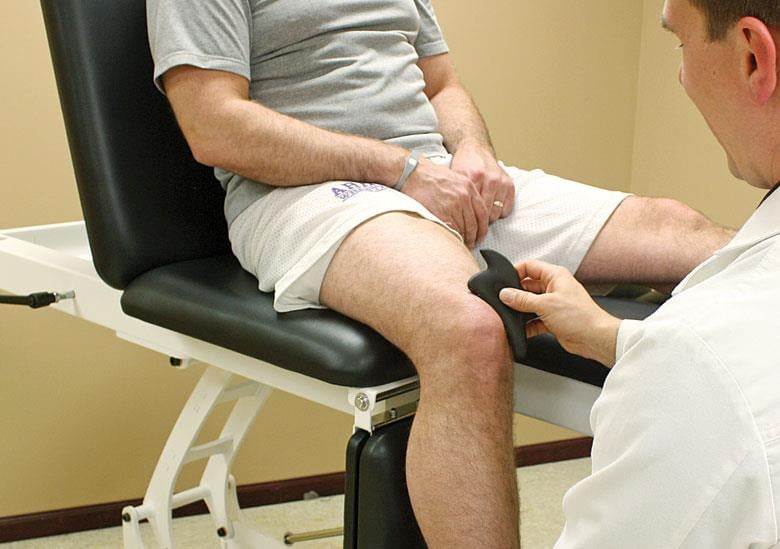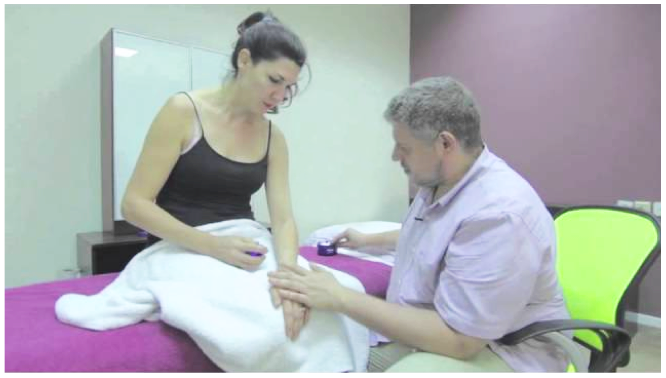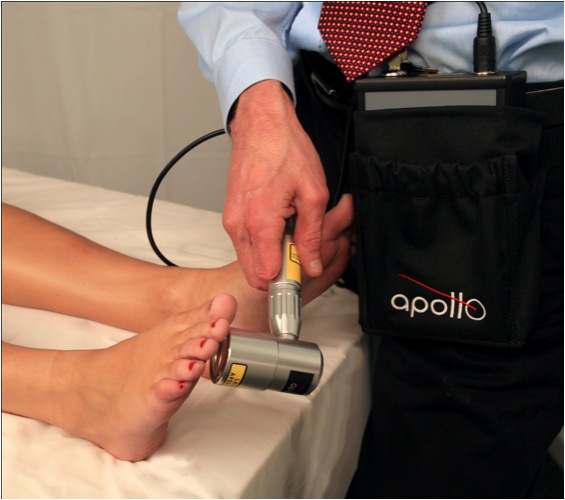In early April, the world watched as 21-year-old Jordan Spieth became the second-youngest golfer to win the Masters Tournament, one of golf’s elite tournaments.
Spieth credited his team for his stellar performance, including chiropractor Dr. Troy Van Biezen. Four out of five golfers experience back pain due to the repetitive motion of swinging a golf club, and Spieth said that he has received chiropractic care since he was 14 and continues to receive care daily to maintain optimum health and overall athletic performance.




